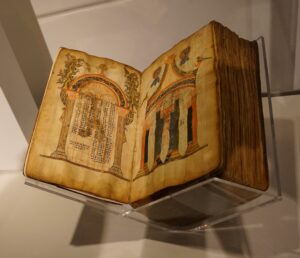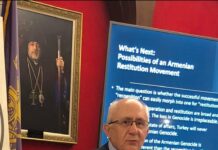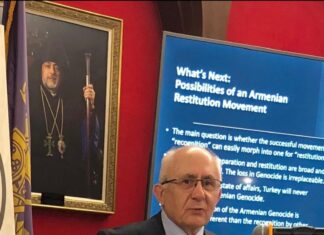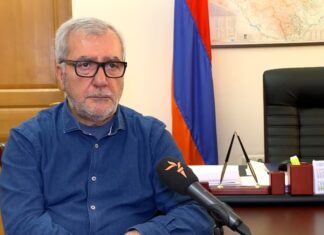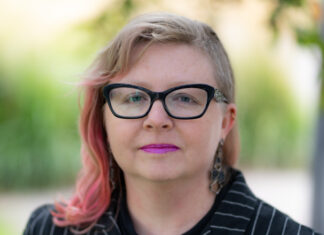By Hagop Vartivarian
NEW YORK — A presentation of Prof. Armen Marsoobian’s book was organized on Thursday, October 15, at the headquarters of AGBU’s Central Offices, sponsored by AGBU Ararat Magazine, and Tekeyan and Hamazkayin Cultural Associations.
The author is a professor of Philosophy at the Southern Connecticut State University, whose President is Dr. Mary Papazian.
Marsoobian has published an impressive volume titled Fragments form the Lost Homeland – Remembering Armenia using photographs and expansive ethnographic accounts from his family.
His maternal relatives, the Dildilian, had saved more than a thousand photographs, carrying them through their exile route to Greece and then to the United States.
For four generations they were photographers. Their photographs depict family events as much as national and Ottoman scenes, captured at various occasions. A magnificent trove of high quality visual materials that has been salvaged today and forms a part of the reality of our past life. His maternal family is from Merzifon and the paternal from Palou (Kharput).
